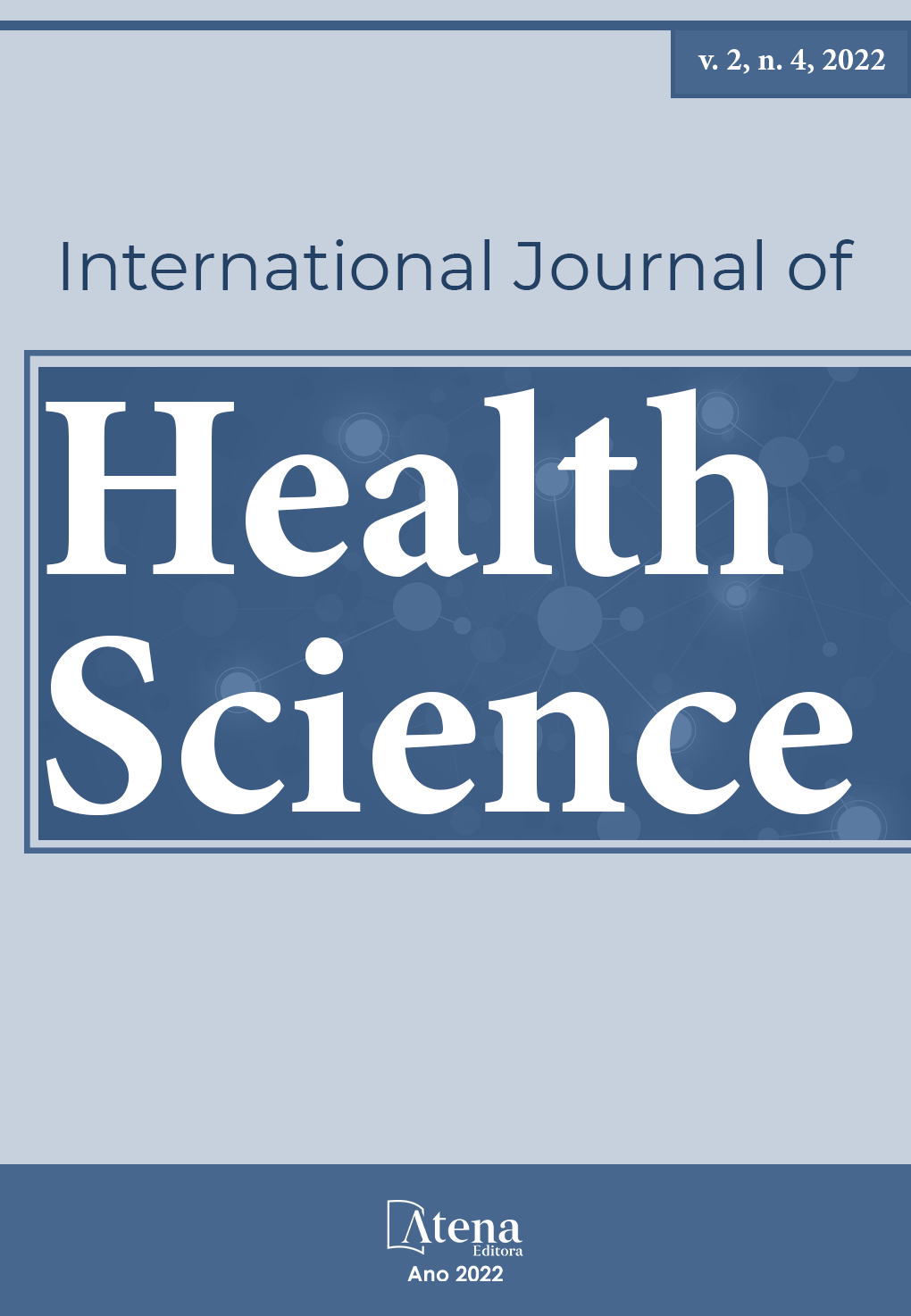
NEW STRATEGIES FOR THE USE OF TOPICAL PRODUCTS IN THE TREATMENT OF ANDROGENETIC ALOPECIA
RACT
The progressive thinning of the strands, follicular miniaturization and the gradual loss of hair caused by androgenetic alopecia (AAG) can be related to several factors, with genetic and hormonal factors standing out as the ones that most increase the risk of predisposition to AAG. It affects both men and women, being more prevalent in men and is also the most common type of alopecia that affects both sexes. This dermatological change has a major negative impact on the social and psychological well-being of patients. The main goals of AAG treatment include slowing down the progression of permanent hair loss and thinning, increasing scalp coverage and improving the quality and thickness of the hair. However, the inconvenience of using daily medications and side effects decrease patient adherence to treatment with oral medication. On the other hand, the use of topical formulations is increasingly becoming an alternative, including formulations that use specific shampoo bases, designed as a vehicle for carrying actives to the follicular pathway. This is due to the positive action of its surfactants in breaking the sebum barriers of the scalp, demonstrating promising results for the management of AGA, since the bioavailability of the actives via the follicular route is extremely important for the treatment. Therefore, the objective of this study is to evaluate the general strategies for the use of topical products in the treatment of androgenetic alopecia, due to the disadvantages of oral therapies and the low rate of adherence to treatment. Having as a relevant factor to be highlighted that the application in the length of the threads does not reach physiological effectiveness in the treatment of AAG, in this way all the results presented in the available literature refer to actives conveyed through topical application on the scalp, an essential factor for the effectiveness of topical treatment.
NEW STRATEGIES FOR THE USE OF TOPICAL PRODUCTS IN THE TREATMENT OF ANDROGENETIC ALOPECIA
-
DOI: 10.22533/at.ed.1592422300110
-
Palavras-chave: Androgenetic alopecia; treatment; caffeine; shampoo.
-
Keywords: Androgenetic alopecia; treatment; caffeine; shampoo.
-
Abstract:
RACT
The progressive thinning of the strands, follicular miniaturization and the gradual loss of hair caused by androgenetic alopecia (AAG) can be related to several factors, with genetic and hormonal factors standing out as the ones that most increase the risk of predisposition to AAG. It affects both men and women, being more prevalent in men and is also the most common type of alopecia that affects both sexes. This dermatological change has a major negative impact on the social and psychological well-being of patients. The main goals of AAG treatment include slowing down the progression of permanent hair loss and thinning, increasing scalp coverage and improving the quality and thickness of the hair. However, the inconvenience of using daily medications and side effects decrease patient adherence to treatment with oral medication. On the other hand, the use of topical formulations is increasingly becoming an alternative, including formulations that use specific shampoo bases, designed as a vehicle for carrying actives to the follicular pathway. This is due to the positive action of its surfactants in breaking the sebum barriers of the scalp, demonstrating promising results for the management of AGA, since the bioavailability of the actives via the follicular route is extremely important for the treatment. Therefore, the objective of this study is to evaluate the general strategies for the use of topical products in the treatment of androgenetic alopecia, due to the disadvantages of oral therapies and the low rate of adherence to treatment. Having as a relevant factor to be highlighted that the application in the length of the threads does not reach physiological effectiveness in the treatment of AAG, in this way all the results presented in the available literature refer to actives conveyed through topical application on the scalp, an essential factor for the effectiveness of topical treatment.
-
Número de páginas: 14
- Mariane Parma Ferreira de Souza
- Jackeline Alecrim


